
The Art of Non-Alcoholic Spirits
blog
For decades, spirits and cocktails have fostered a culture of craft, connection, and celebration. But over time, cocktail culture has evolved far beyond the buzz!


Rum history is as rich as the drink's depth of styles, flavors, and aromas — and you're cheating yourself if your only experience drinking it has been in your parents' basement or with a Coke.
Depending on the unique conditions in which its source material was grown, as well as the techniques utilized in its production (and there are many), this delightful spirit can range from sweet and floral, to dark and smokey, and everything in between. Today, we're introducing you to 6 things you didn't know about rum.
Rum is defined as a distillate obtained from fermented sugarcane or its derivatives. From cane juice to molasses, the type of source material used will be the first variable for which flavor and aroma are shaped in the final product. For example, cane juice tends to yield a grassy, more floral character, whereas molasses creates sweeter, more vanilla and caramel notes. Of course, regional and seasonal variations in sugar cane are not to be ignored, and will also impact the character of the final product.
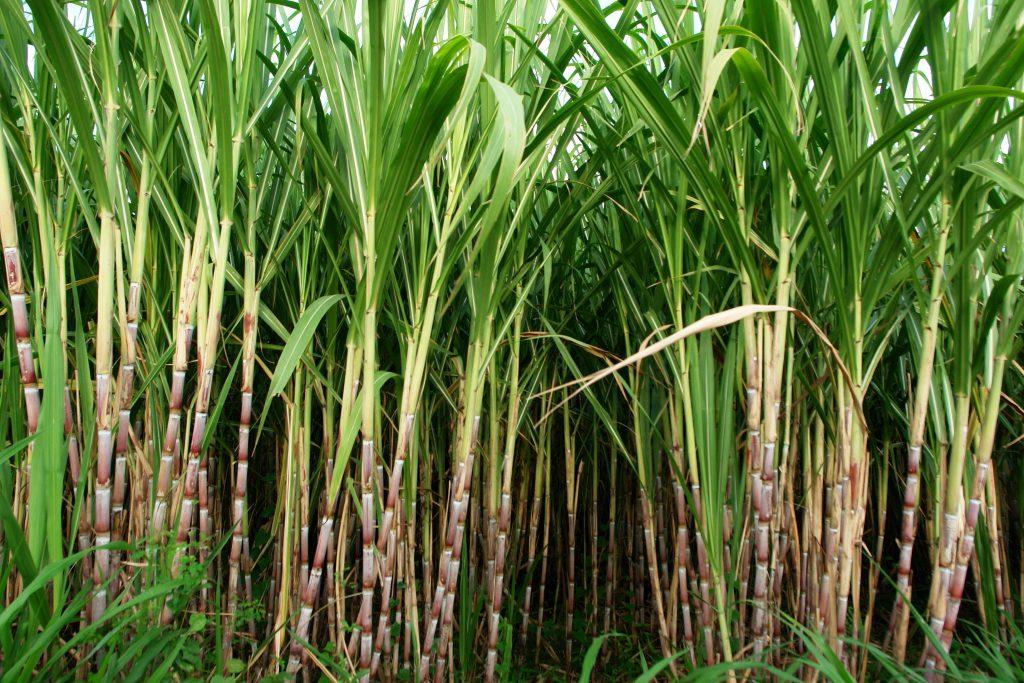
While its true that rum must derive from sugar cane, other limitations do not necessarily apply: standards are only set by the product's country of origin. Because the category lacks the same restrictions as bourbon or whiskey, it's no surprise that rum has evolved to be one of the most versatile spirits in the world.
There are a myriad of ways to make rum, and distillers have plenty of room for further experimentation and innovation. After the sugarcane base has been combined with water and yeast and fermented, it can be distilled. Everything from the type of water and yeast used to the number of distillations and whether the rum is produced using a column/pot still or copper/steel equipment is going to impact flavor — and so too will aging.
If you ask our resident rum master, Luis Ayala, the true "rum magic" begins with the aging process. The careful selection of wood, barrel toast and char levels, barrel capacity, aging methodology, and climate, among other variables, can result in consistently excellent rums.
And although we haven't even gotten into the optional processes of secondary aging, charcoal filtering, or the addition of flavors, you can see why Ayala remains firm in his belief that there's "a rum for everybody."
It's no secret that pirates were heavy rum drinkers, but did you know that they're also amateur mixologists? That's right, one of the first rum cocktails was bumbo — a combination of rum, water, sugar, and nutmeg. And if you were short on some of those specialty ingredients, you could just add a little water with lemon or lime juice and call it grog. Take a sip of rum history by making some grog of your own!
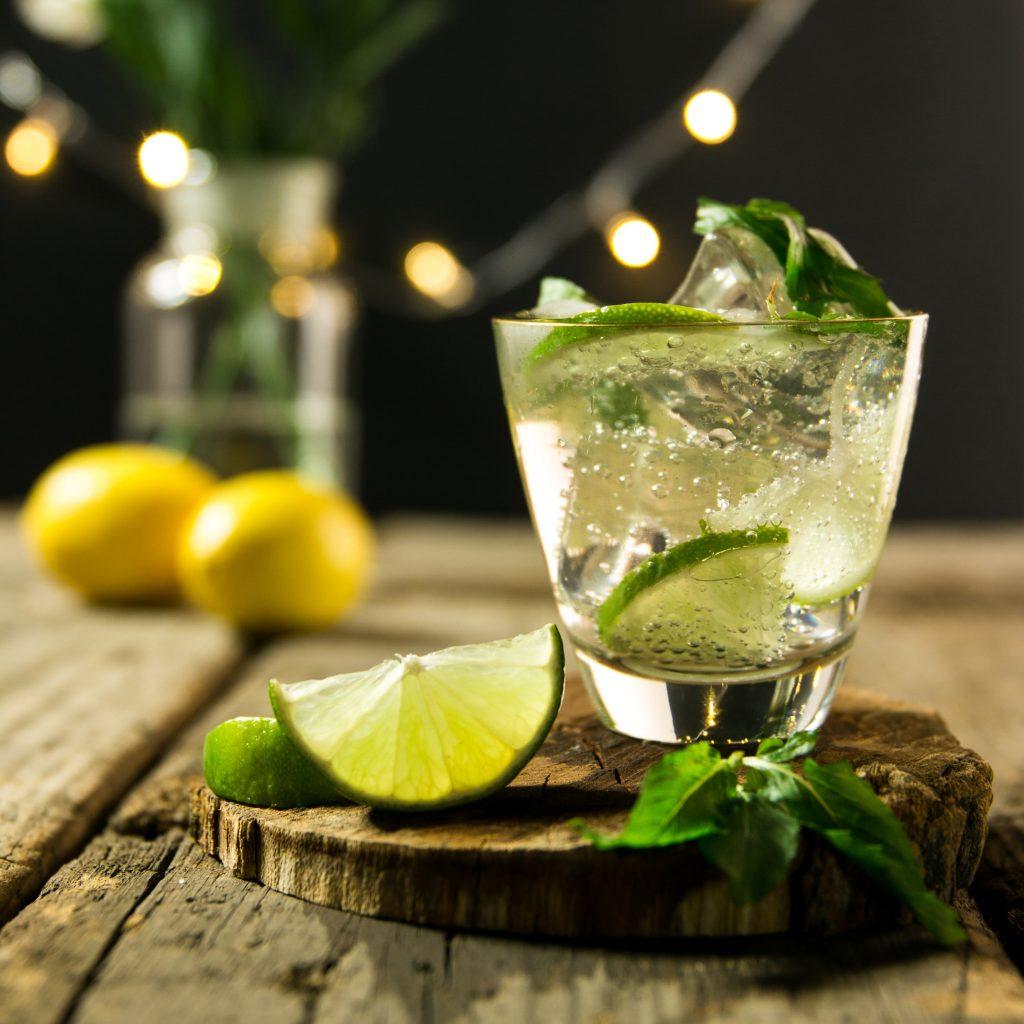
Yep, before whiskey and bourbon, rum was America's favorite spirit. Historians estimate that rum production originated in Barbados around the 1600s, before being brought over to colonial America (among other places). Following the American Revolution, a barrel of rum was even served at the inauguration of our first president, George Washington (at his request, of course).
Fast forward to the emergence of the rum runners and bootleggers of the Prohibition era, and rum could always be counted on to reach maturity sooner than other spirits. During and after this period, it also become popular in cocktail culture. This was exacerbated when, following World War II, servicemen returned home to spark the trend of "tiki-drinks," the main ingredient of which was — you guessed it — rum.
Since then, rum has experienced a bit of a decline, but things are looking up for the spirit as consumers become more educated about its complexity and versatility.
Rum used to be served among the rations — known as "tot" — for British Navy sailors. Originally, a rum tot consisted of 1/2 an Imperial Pint (later 1/8th) of 95.5-proof rum, served midday. To provide "proof" that the rum had not been watered down, equal parts rum and gunpowder was set on fire: if it was higher than at least 57% alcohol, it burned successfully. This was understood as "proof" of the rum's potency.
Today, the term "proof" is a bit of rum history we continue to carry when discussing the amount of ethanol in spirits, though in the US, proof is defined as 2x the percentage of ABV.
It's worth noting that July 31, 1970, marked the last time the Royal Navy would issue sailors their daily rum tot and thus ending the plague of drunken sailors.
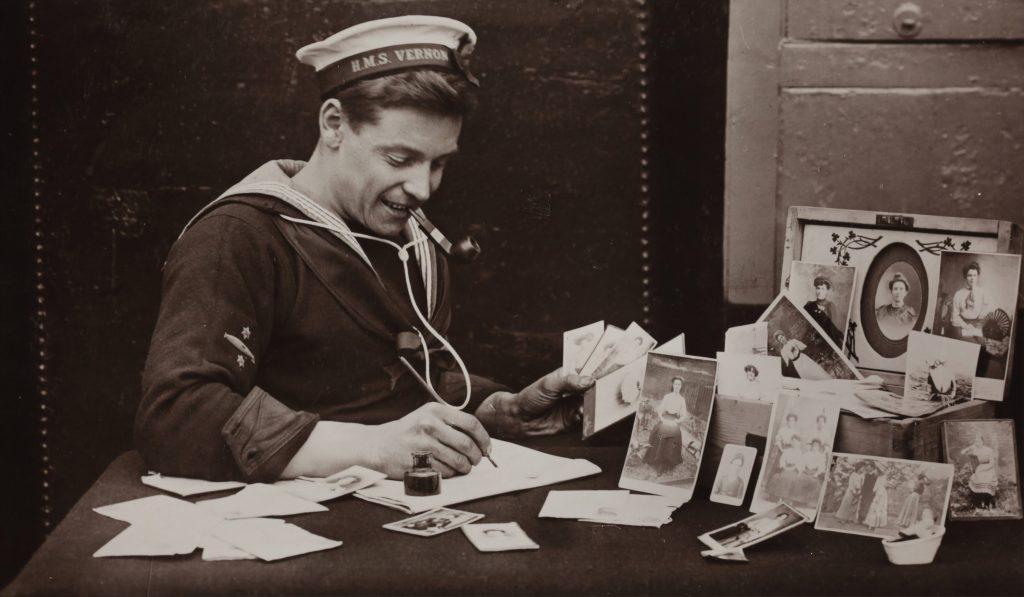
Rum history is universal, as the spirit is made all over the world. From across the Americas to South Africa, Australia, Spain, and Thailand, rum has cemented itself among international distilling circles — and that just means there's more and more options to taste.
As Ayala explains, "if we look at rum in terms of volume being sold, premiumization, and how consumer tastes are evolving towards higher congener, more aged products, than the future for rum is nothing but bright."
In other words, your favorite rum is out there, waiting to be discovered — but if you're feeling especially inspired, you can learn to make your own. If you're thinking about starting a distillery, learn from the best at Moonshine University. Our 5-Day Rum Course — made possible through a partnership with the rum experts at Rum University — will walk you through the ins and outs of the rum business, with hands-on production and guidance from rum master Luis Ayala. When you're ready to enter the world of rum, register here.

Moonshine University has joined forces with The Rum University to offer the most comprehensive rum training in the world. Designed for both existing and future rum distillers and brand owners, this 5-Day course combines theory and practice to provide attendees with a practical, hands-on education on all things rum. From the financial, marketing, and regulatory considerations to the distillation, aging, and blending processes, every student will leave this course with a nuanced understanding of rum production, the spirits business, and how rum fits into the global, economic landscape.
Of course, you won't miss out on any of the fun stuff: you'll get to explore the science of rum production while getting your hands dirty distilling at our on-campus facilities. We'll also explore rum history, category styles, and production methods, as well as the spirit's mash bills, fermenting, distilling, and finishing processes. With rum tastings and sensory training sessions set up throughout the week, you'll discover a variety of rum expressions and styles, and get a feel for the versatility of this delightful spirit.
Perks include a private tour of Kelvin Cooperage and a networking reception, scheduled throughout the week to further enrich your professional and learning experiences, and forge industry and personal connections to last a lifetime. To learn more and register, visit this link.
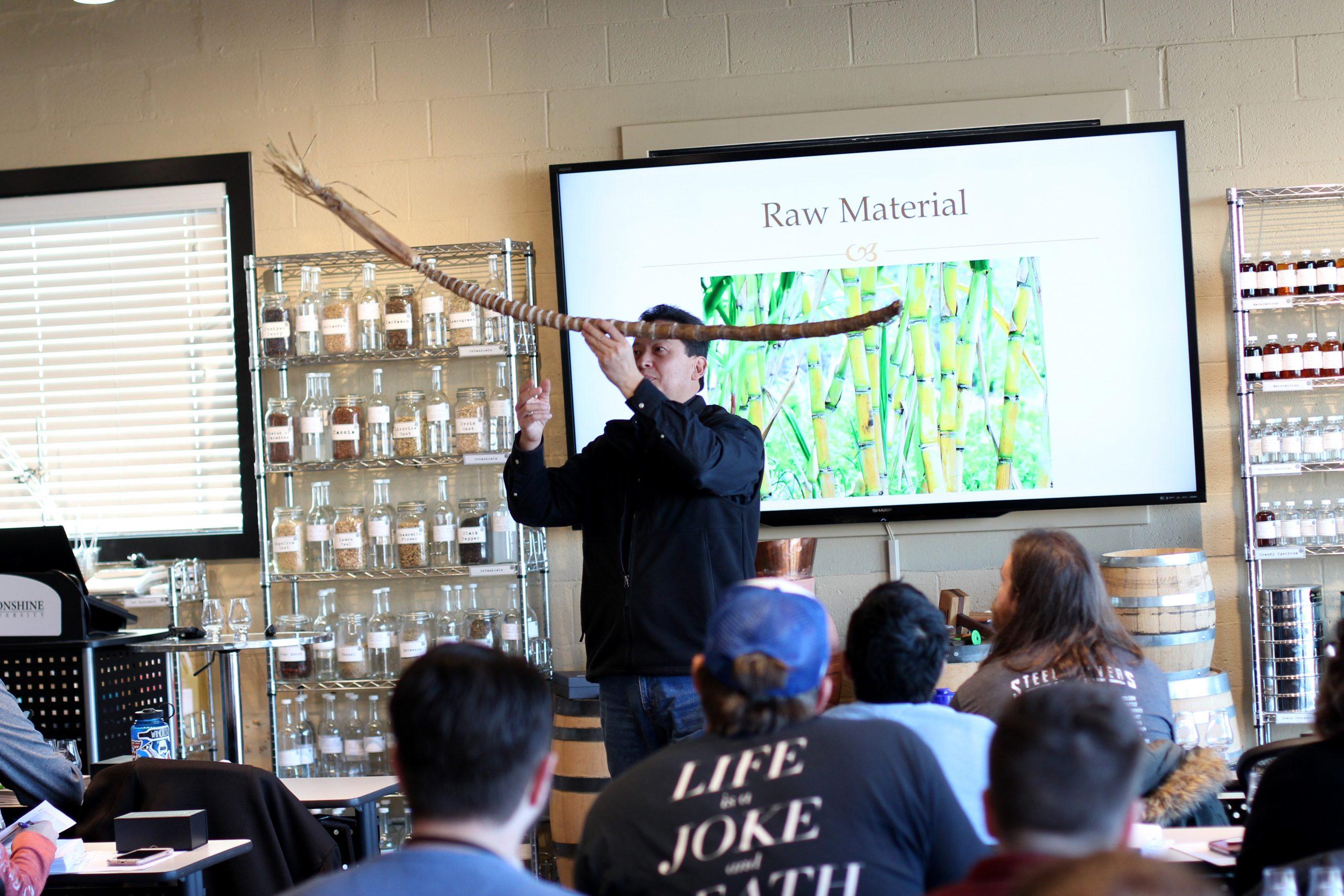
Luis Ayala is quite possibly the rum industry's most devoted ambassador of the modern era. He has relentlessly pursued the establishment — and adoption — of quality standards in the production and marketing of rum. His efforts to improve the quality and appreciation of rum have taken him from being a celebrated author and organizer/judge at international rum festivals to being one of the driving forces behind the creation of new rums and the improvement of many existing ones.
Luis Ayala is as comfortable sharing his rum curriculum in front of university students or corporate executives as he is working in laboratories and distilleries with chemists and rum engineers. He has been involved in the design, business planning and execution of some of the most successful and innovative rum companies in the world. As a consultant, Luis derives great pleasure from lending over two decades of rum expertise to his clients. "Nothing gives me more pleasure than seeing how much more enjoyment consumers can get out of fine-tuned rums," says Luis.
Luis has written for numerous international publications. He is also the recipient of the International Rum Festival's Platinum Award for excellence in "Global education and promotion of rum," and of the Congreso Internacional del Ron Award for "2011 World Rum Specialist." He also worked closely with Georg Riedel (Riedel Crystal) in 2006 in the creation of the first ever Riedel Rum Glass.
Along with his wife Margaret, Luis is a founding member of Rum Runner Press, Inc. — the world's leading broker for premium rums either in bulk or as custom-formulated private labels. He also serves as President of The Rum University and publisher of Got Rum? magazine, the only monthly publication in existence devoted 100% to rum. Luis Ayala is also a co-instructor of the 5-Day Rum Course at Moonshine University, made possible through a partnership with The Rum University.
Related Content
11 Questions with World Rum Master, Luis Ayala!

blog
For decades, spirits and cocktails have fostered a culture of craft, connection, and celebration. But over time, cocktail culture has evolved far beyond the buzz!
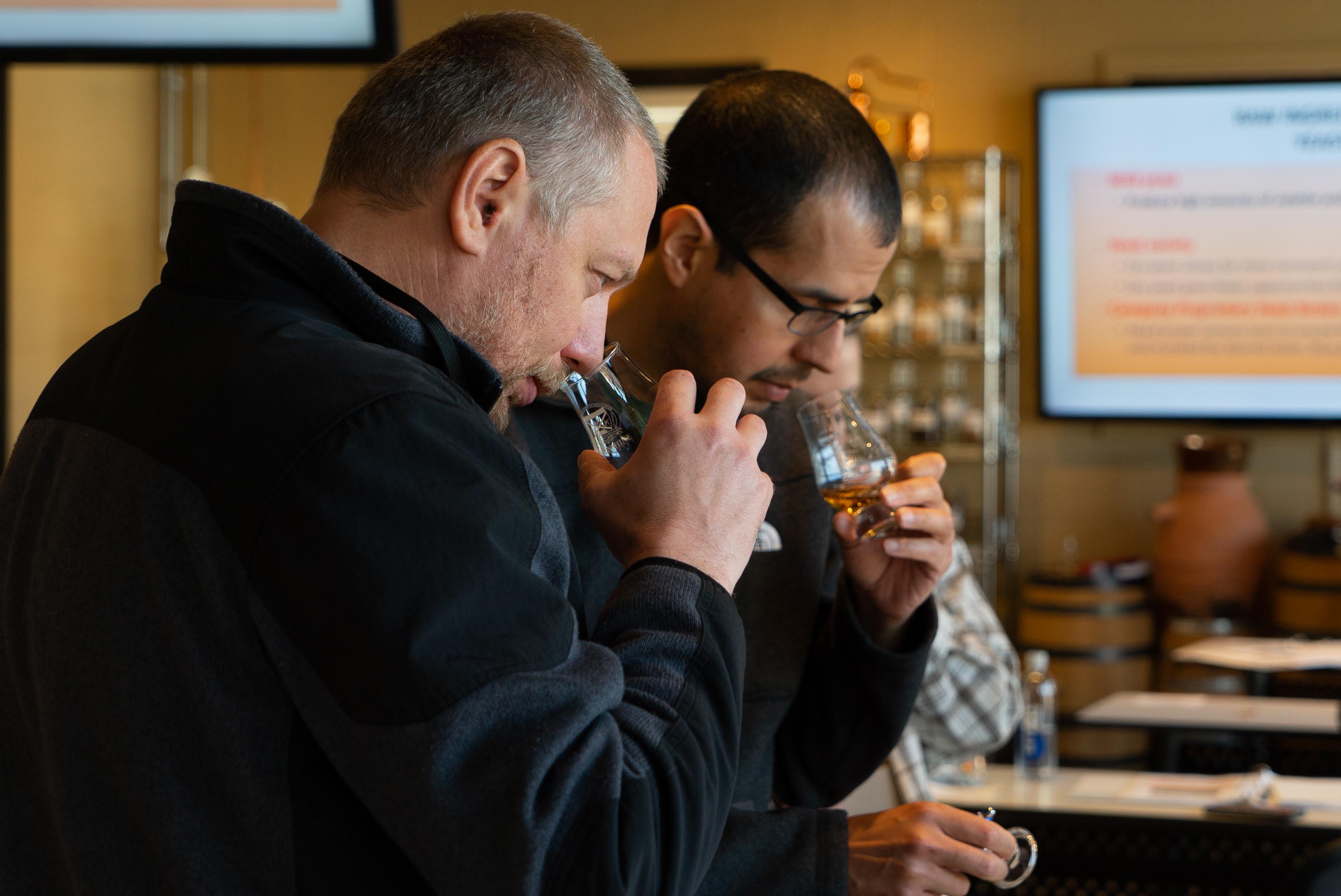
blog
Those that are familiar with the process of crafting distilled spirits may also be familiar with the 10 common congeners that are created during fermentation, and honed during the distillation run. Each congener has its own distinct personality, rendering unique tastes and aromas to the finished spirit.

blog
So, you want to start distilling with freshly milled grain. Maybe you're tired of paying top dollar for the pre-milled stuff from the malt distributor, and you're ready to invest in the quality, efficiency, and bulk pricing that comes with milling your own whole grain. But where do you start?